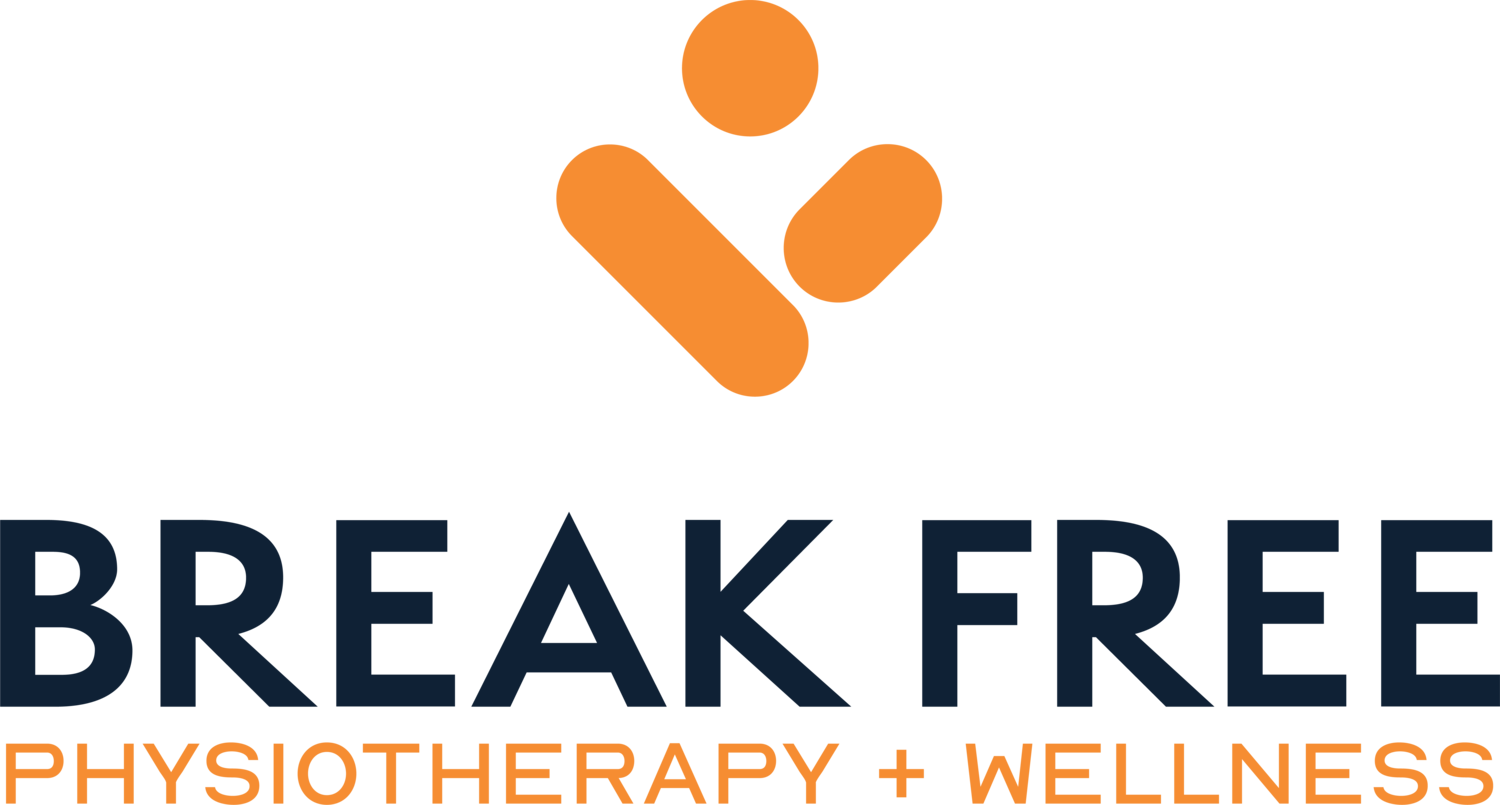Preventing Pandemic Posture Pain
Since the pandemic, we’ve had many clients come in with neck pain from sustained sitting positions while working from home. Break Free wants to share some ways to keep your neck mobile and stay healthy!
Posture
It is a myth that slumped posture is always a bad position to be in. However, it varies by client and body type. It is true though that the most common position that produces neck strain is forward head posture, aka turtle neck.
Be sure that you have a good work station configuration to prevent forward head posture.
Your Setup
Whether it’s your home office, kitchen counter, or coffee table, we’ve had to adapt to our current circumstances and find a place to work from at home! Here are some guiding principles to help you set up your space to prevent neck pain:
· Feet flat on the ground, thighs parallel to the floor
· Back of knees should be clear of the edge of seat
· Low and mid back should be well supported
· Arms should be supported and shoulders relaxed
· Elbows should be at the same height as the keyboard
· Wrists should be in line with your forearms
· Monitor should be at comfortable reading distance and height (roughly an arm’s length)
If you need further assistance with your setup, we recommend taking a picture of your workspace and sending it to your physiotherapist. If you’re working from the office, have your ergonomist do an assessment of your workstation.
Neck Mobility
A flexible neck in most cases indicates a healthy neck. Check your range of motion by turning your head, looking down, up, and side to side. If you notice that you have a loss in range of motion, or movements that produce neck pain, headaches, or dizziness which do not improve with time, it is time to see a physiotherapist for an assessment.
The Best Position is the Next Position
Changing positions regularly and not sustaining one posture is the best way to prevent future neck injuries. Sit to stand desks are often great for this as you have more options of position variability in standing.
Adjustable Height Sit to Stand Desk
(source: atwork.ca)
If you’ve been in forward head posture for an extended period of time, it is important to incorporate movements opposite to that position. Please consult a physiotherapist if you are unsure of which movements would benefit you.
Set a timer on your phone every 30 to 60 minutes to remind yourself to move around and get limber.
Be Active!
Regular exercise can help prevent all types of injuries! The more active you are, the less likely you are to have pain and the better you will cope if it returns.
If you are new to regular exercise, it is important to gradually increase activity at a rate your body allows.
If you’ve received physiotherapy exercises and the pain returns, use the same exercises that helped last time. If your pain does not improve, seek further advice from your physiotherapist.
Click here to book an appointment today!



